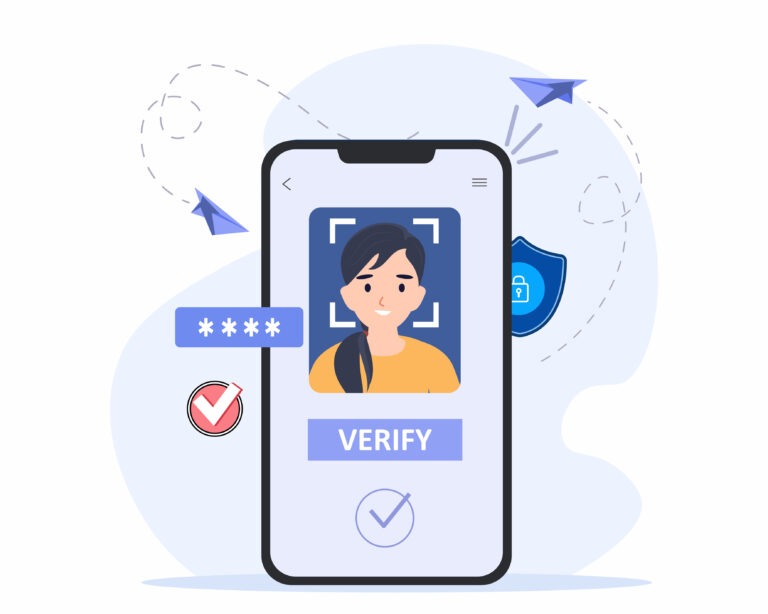
Biometrics are measurements and analyses of unique human characteristics that can be used for identification or authentication purposes. In order to verify your identity, a device might scan your fingerprint or facial structure before unlocking. Fingerprint scanners, facial recognition, gait recognition, voice recognition, handprint scanners, hand geometry recognition, DNA matching, vein recognition, and iris scanners are all examples of biometrics. We often think of biometrics as a very futuristic form of identification, but in reality, many devices today use biometrics in place of passcodes. In 2013, the iPhone 5S became the first Apple product to feature Touch ID, which allowed users to unlock their iPhones with their fingerprint. Then, in 2017, Apple released Face ID with the iPhone X, allowing users to unlock their devices with their face. Other phone companies like Samsung and Google have also implemented various biometric systems into their phones throughout the years, and now nearly any phone on the market can be unlocked using biometrics.
Nowadays, once your device has registered your fingerprint or face, you can use it for various purposes other than unlocking your device as well. Your device may ask you to verify your identity before making purchases or may allow you to use your fingerprint or face to log into apps instead of asking for a password. These features can be very convenient and handy since they often allow for easier and faster transactions or log-ins. Also, biometrics in everyday devices like Touch ID and Face ID have proven to be generally accurate and secure, and, in theory, are better than just using a password. It may already be difficult to guess a password to hack an account, but it is even harder to replicate someone’s unique physical characteristics. Plus, there is no longer a need to remember complex passwords.
The idea of biometrics actually dates all the way back to ancient times, when fingerprints and handprints were used as seals and signatures. In the 1880s, fingerprints were again used as signatures, but also began to identify criminals. Throughout the late 1900s, fingerprinting and facial recognition became automated, and today are used in day-to-day life. Researchers are also developing different forms of biometrics that we may see used in the near future. Many people have speculated what the future of biometrics may look like, suggesting that things like fingerprint or facial scanners may replace security badges or keys for houses and buildings or that these biometrics may eventually be required to do things like access sensitive data online, sign a bank loan, withdraw money from a bank account, unlock your car, etc.
Realistically, biometrics have the ability to infiltrate nearly any industry. Healthcare, banking, automotive, investing, hospitality, travel, etc. all have reasons to implement this technology to ensure safety and security. In fact, Amazon is already working on a payment system that will permit you to pay using only your palm print for in person purchases! There have been recent developments in voice recognition, gait recognition, iris recognition, and vein recognition too, meaning that we might start to see these around as well. As these technologies advance, it is expected that their uses will grow and expand. Additionally, we have seen a recent rise in interest in multimodal authentication, meaning that certain devices or applications require two different forms of biometrics at once. Multimodal authentication offers the best security when it comes to verification. Keep your eyes peeled for the next new type of biometrics!
Read our previous post here: It’s Time For A Digital Declutter
